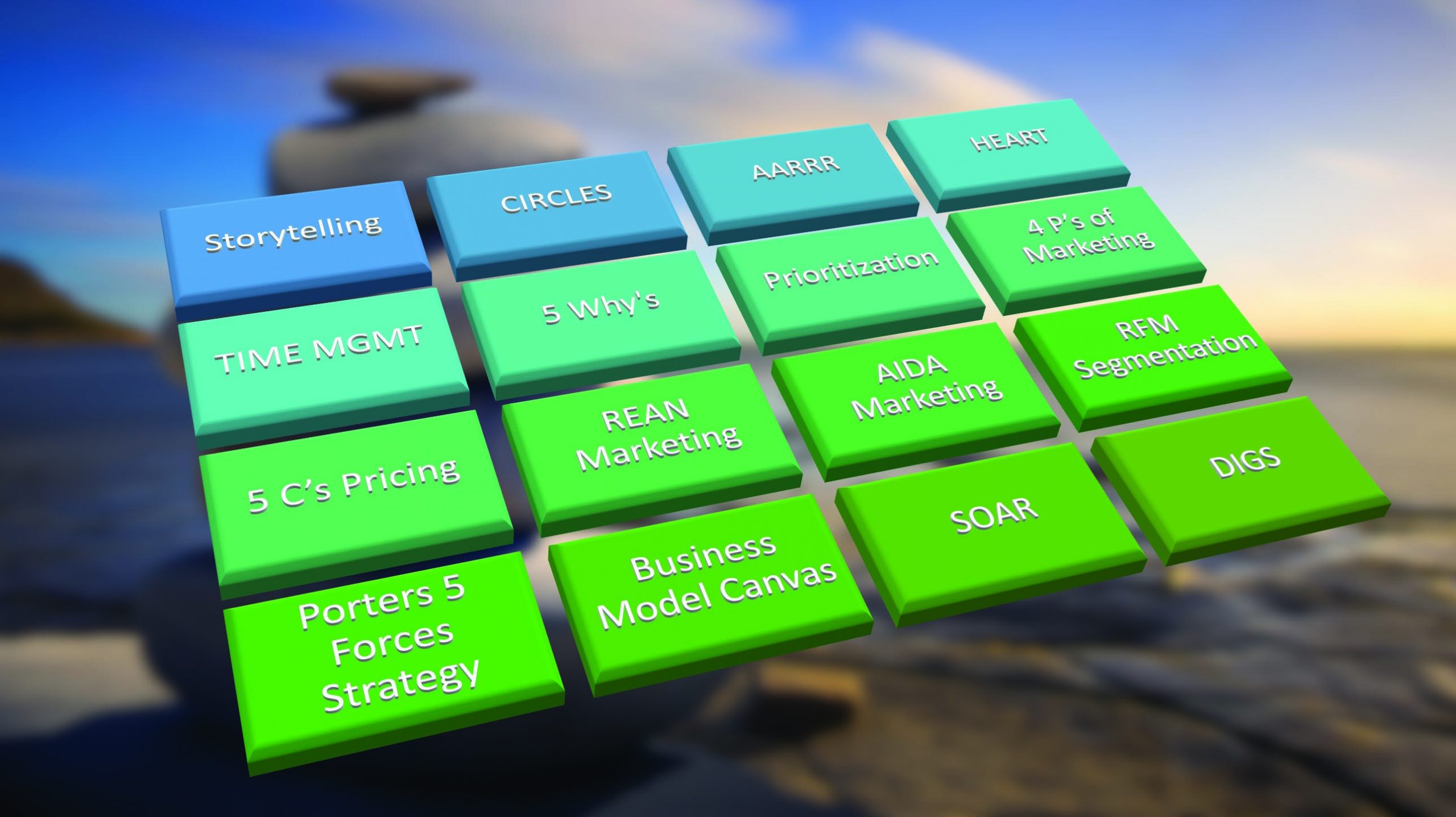
The Apple of 2003 was almost unrecognisable from the all-conquering giant we know today. Six years earlier, Steve Jobs had triumphantly returned to the company he founded to rescue it from oblivion, but it was still something of an also-ran in a technology world dominated by Microsoft and Dell.
In the company’s press release announcing its second-quarter results, Jobs hailed the “year of the notebook”, highlighting improved sales of its latest laptop computers. It sounds like a different era: there was not even a mention of the iPod, the diminutive music player it had released little more than a year earlier, nor the iTunes music store, due to be unveiled 12 days later.
And of course, there was not a hint about the future of Apple – theiPhone and the iPad – which would not come for four and seven years respectively but would go on to define the company. Even Jobs may not have seen then what his brainchild would become, although his ambitions were always grander than most. Down to the name, it was a different company to the one we know today: Apple Computer, as it had been called since its birth in 1976, wouldn’t lose the obsolete second word until 2007.
But it was back then, on April 16 2003, that Apple reported its last drop in revenue for 13 years. The next 51 quarters would see an unbroken, record-breaking streak of growing sales that saw Apple upend the music industry, consumer electronics and the telecommunications world, not to mention retail and e-book publishing, becoming the world’s biggest public company along the way. At points in that run, Apple looked unstoppable, little affected by the global recession or competition.
Apple’s hot streak ends
Last week, however, the party came to an end. On Tuesday, Apple revealed that revenues in the first three months of 2016 had fallen by $7.5bn (£5bn) on the same period a year earlier, a 13pc drop. The iPhone, the iconic device that has led the smartphone revolution, saw sales decline for the first time ever. And as Apple predicted that the next quarter would be even tougher, shares in the company nosedived, wiping $36bn – the value of Royal Bank of Scotland – off its value.
Apple’s numbers are still staggering: it made a profit of $10.5bn in the three months, or $80,000 every minute. It has $233bn in cash, enough to buy every man, woman and child in America an iPhone. And more than a billion of its devices are in use around the world.
But in a Silicon Valley fixated on what comes next, decline isn’t acceptable. If you’re not growing, you’re yesterday’s news, as those who ruled the roost in 2003 have found out.
The smartphone market, barely a decade old, has already seen businesses such as HTC and BlackBerry rise and fall. Nobody would put Apple in the same bracket, and those who remember the company’s wilderness days in the mid-90s, when it was close to bankruptcy, would scoff at the idea that the company is in any sort of trouble. But it now faces its most challenging and uncertain moments since Jobs’ death five years ago.
Apple was once defined by its personal computers, and then by the wildly-successful iPod music player, but the last few years have seen it dominated by its smartphone. A revolution when Jobs unveiled it nine years ago, with a touchscreen and web browser that brought the internet into people’s palms, it remains the world’s most popular gadget, sold in mind-boggling quantities: from 5.4m in its first year to 221.5m in the last 12 months.
And although it now sells a smorgasbord of painstakingly crafted products, Apple has increasingly become the iPhone company: in the last quarter, it accounted for 65pc of all of Apple’s revenue, up from 57pc two years ago. When Apple was growing, this hardly seemed to matter. A year ago, sales of the iPhone had grown 40pc year-on-year, and nobody was complaining it was too exposed to the device’s success.
The iPhone factor
But the last few months have been less kind. An economic slowdown in China – where the iPhone has been a status symbol, making it a crucial market for the company as first-time smartphone buyers flock to its stores – has cut into sales, as has the strong dollar. Revenue in Greater China has fallen by a quarter in the last 12 months, a decline that was responsible for half of the drop Apple reported last week.
Since their peak a year ago, shares have fallen 25pc. The company’s status as the world’s biggest company was even stolen, albeit for just a day, by Google’s parent company Alphabet earlier this year.
In many ways Apple has been a victim of its own success. The company could do no wrong a year ago, when sales surpassed all expectations, creating a sugar rush that resulted in last week’s inevitable comedown, as Tim Cook, Apple’s chief executive, repeatedly pointed out to analysts. But there is also the nagging feeling that the latest iPhones are just not as interesting as they used to be; that the magic touch that brought Apple to this point has started to wane.
The current flagship, the iPhone 6s, was less of a leap forward than its predecessor. It looked largely the same, came with incremental updates to its camera and processor, and introduced new features such as a pressure-sensitive touchscreen. “The only thing that’s changed is everything,” Apple declared at the iPhone 6s’s release, but reviewers were not so sure.
Diminishing interest in new phones is hardly something that is unique to Apple. Innovation has plateaued across the industry: there are few obvious changes that would improve today’s best smartphones, as there were several years ago. And the wider smartphone market has also come to the end of its remarkable bull run. According to research from Strategy Analytics, smartphone shipments have begun to fall for the first time in history, down 3pc to 335m in the first quarter of 2016. Samsung, the biggest competitor in the field, has been feeling the squeeze for some time.
In comparison to its Korean rival, Apple’s performance in the last two years has been spectacular. But the pressure is now on the world’s hottest company to prove that its growth days are not behind it. iPhone sales are likely to fall by double-digit percentages this year, and although they are expected to recover in 2017, analysts at Credit Suisse forecast 227m, still below the levels seen in 2015. “The iPhone can’t continue to grow indefinitely,” says Geoff Blaber of CCS Insight. “Pressure is likely to mount on Apple to reveal the next big source of growth.”
Apple’s next big hit
Creating another hit as big as the iPhone is a monumental ask, however. The iPad tablet, released in 2010, was once expected to become a bigger business than the iPhone, but sales have dropped for nine-consecutive quarters. The world’s technology companies are now furiously chasing the next big thing, from wearable technology to virtual reality (VR), drones and smart home gadgets, but nothing has yet translated into meaningful revenue.
Apple has hands in some of these. A secretive unit within the company is reportedly exploring VR, and last year it unveiled the much-awaited Apple Watch, as well as a revamped Apple TV device, which streams internet video and games. Sales of these devices are still dwarfed by the iPhone, though. The Apple Watch, rumoured for years, was the first major product released since Jobs’ death, and was seen as a test of the company’s ability to show it hasn’t lost its mercurial founder’s golden touch – the ability to create the thing that people don’t know they need until they see it.
Watch sales have been solid – last week Cook was quick to point out that it had sold better than the iPhone had in its first year –but they still account for a fraction of Apple’s total sales, not nearly enough to make up for the iPhone’s decline. A second generation of the device, expected later this year, could boost sales. “We still think there’s a chance enhancements could lead to a killer app or service that can turn the Watch from a curiosity to a mainstream hit,” says Morningstar’s Brian Colello.
A more immediate improvement to Apple’s bottom line is likely to come from software and services. Apple takes a cut whenever an iPhone or iPad user buys an app or downloads a song from iTunes, as well as a small fee when shoppers use its contactless payment service, Apple Pay, and this business is booming. Despite iPhone sales teetering, people are using them more than ever, making the software within them incredibly lucrative. Revenues from Apple’s Services division have climbed by 20pc in the last year and now exceed those from the iPad or Mac.
As a standalone company, its $22bn in sales during the last 12 months would put it among the world’s biggest media groups. Credit Suisse analysts believe the business could more than double by 2020, to account for almost a third of Apple’s total sales. The launch of a music streaming service last year, which has helped counteract the death of music downloads, has helped, as could an often-rumoured Netflix-style video service, although negotiations with networks over this have repeatedly stalled.
The future: Apple gets behind the wheel
But people expect more of Apple. The company’s heritage is in making life-changing products, not in taking margins from selling other people’s content. There is an expectation, perhaps unfairly, that Apple should create another iPod or iPhone.
Apple’s next target may well be cars. Although it has never confirmed whether it intends to enter the industry, it is an open secret that it has hired hundreds of automotive experts, most recently Chris Porritt, formerly a top engineer at electric car manufacturer Tesla. Cook has stealthily avoided talking about Apple’s plans, but he said last year that the car industry should expect “massive change”, while Sir Jony Ive, its British design chief, is a motoring fanatic.
The move would be ambitious, even by Apple’s standards. The economics of today’s low-profit car industry do not tally with the enviable 40pc margins that Apple’s gadgets make today. And traditional carmakers, already fearful of the self-driving revolution that Google and others are fostering, are unlikely to warm to an Apple intent on eating their lunch. Talks with both BMW and Daimler over co-operation on an electric car have broken down in recent months,according to German media.
But Apple has proven able to make hay where others don’t: it commands 94pc of the smartphone market’s profits despite having around 15pc of its sales. And its mountains of cash make it powerful enough to buy its way into an industry sceptical about working with it: Apple has enough money to purchase Tesla seven times over. Apple’s acquisitions have typically been small, focusing on promising but undeveloped technologies: it has bought 15 companies in the last year, most of which were unheard of.
But this could be about to change. Two years ago it acquired music company Beats for $3bn, and last week Cook said he could open the chequebook for something bigger: Netflix and the action camera company GoPro have been floated as potential purchases, as has Tesla.
The iPhone has been the product of the century, and its success will probably never be duplicated. But as Apple faces its biggest challenge in years, it would be a brave move to bet against it: the company still has plenty of cards left to play.









